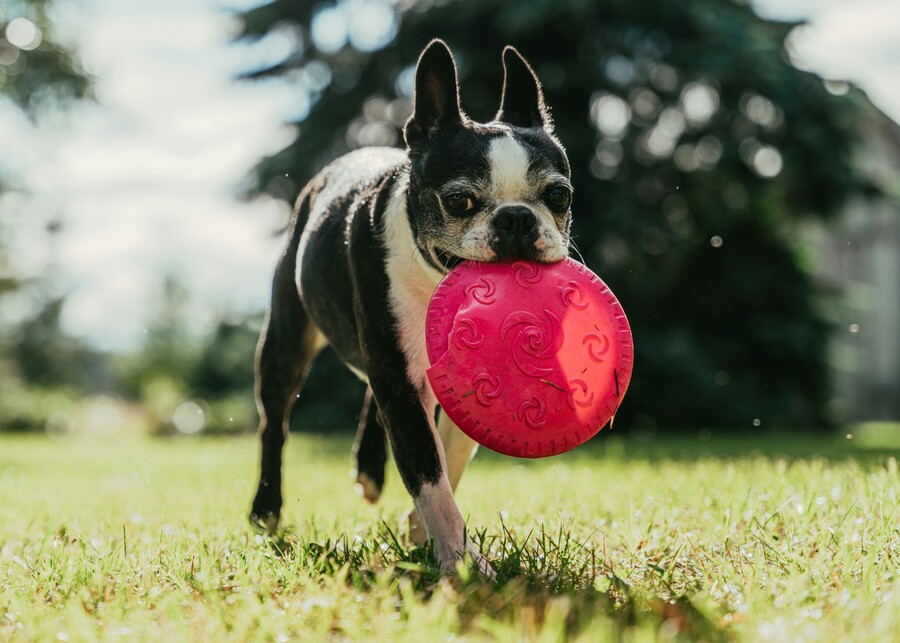Struggling to create an outdoor dog toy that actually sells? You see market gaps, but turning your ideas into durable, engaging products feels impossible. It’s a common frustration.
To design a great outdoor dog toy, focus on three things: choosing the right material for durability (like natural rubber), incorporating smart design features for safety and engagement (like rounded edges), and understanding the specific play pattern you’re targeting (like fetch, tug, or water play).
I’ve spent over a decade in this industry, walking factory floors and looking at countless product designs. I’ve seen brands with brilliant ideas succeed, and I’ve seen others fail because of small, early-stage mistakes. This guide isn’t just a list of options. It’s about helping you develop a manufacturer’s mindset. My goal is to shift your thinking from "what toy should I buy?" to "what amazing toy can we create together?". Let’s begin that journey.
What Are Today’s Top Outdoor Toy Categories?
Overwhelmed by the sheer number of toy types out there? Choosing a category can feel like a gamble. You need a clear map of the market landscape to find your unique opportunity.
Today’s top outdoor toy categories are Fetch (frisbees, balls), Tug (ropes, rubber rings), and Water Play (floating toys). Each targets a different play instinct and has unique design requirements. Understanding these helps you focus your efforts on a profitable niche.
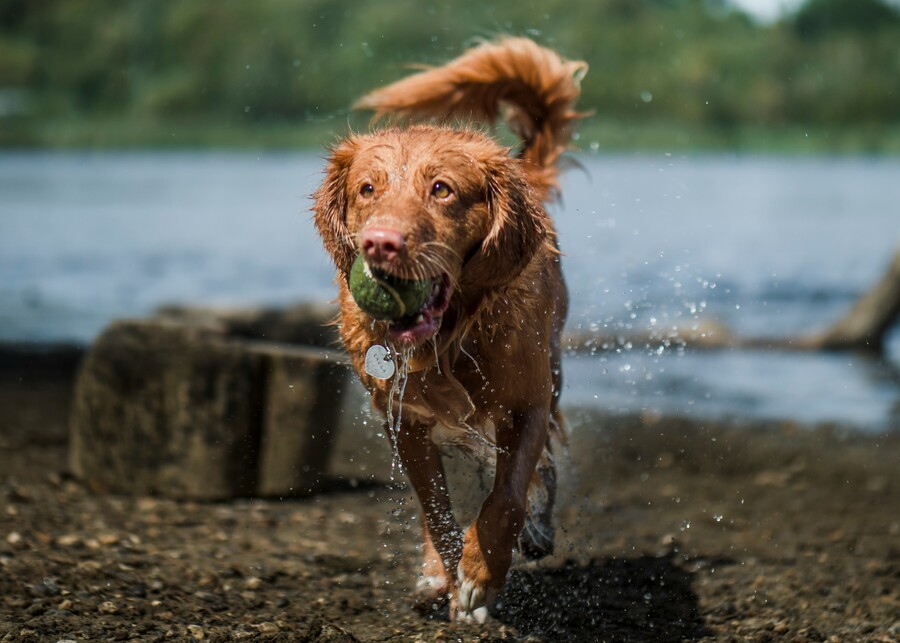
To find your place in the market, you need to think like a product strategist. Don’t just list categories; analyze them. I use what I call a "Market Opportunity Matrix1" to see where the real potential lies. It breaks down each category to reveal hidden gaps and trends. Instead of guessing, you can make an informed decision based on a clear understanding of the playing field. This structured approach moves you from being a simple buyer to a market-savvy brand builder. We’re not just making toys; we’re solving specific problems for dogs and their owners.
| Category | Core Play Pattern | Key Buying Driver | Market Trend | Opportunity Glimpse |
|---|---|---|---|---|
| Fetch Toys | Chase & Retrieve | Distance, Durability, Flight Path | Integrating treat-dispensing features | High-speed, durable frisbees for smaller breeds are still rare. |
| Tug Toys | Grip & Pull | Strength, Safety, Grip Comfort | Blending materials like rubber and cotton for texture | Multi-dog tug toys with different grip points for varied mouth sizes. |
| Water Toys | Float & Retrieve | High Buoyancy, Visibility | Fast-drying, non-absorbent materials | Toys that are easy to throw with wet hands and visible in choppy water. |
What Makes an Outdoor Toy a Best-Seller?
Why do some toys fly off the shelves while others collect dust? You know quality matters, but the specific features that create a best-seller can seem like a secret.
A best-selling outdoor toy combines extreme durability with safety. But the real secrets are often overlooked features: high-visibility colors that dogs can see, materials that are easy to clean, and buoyancy for water play. These details create a superior user experience.
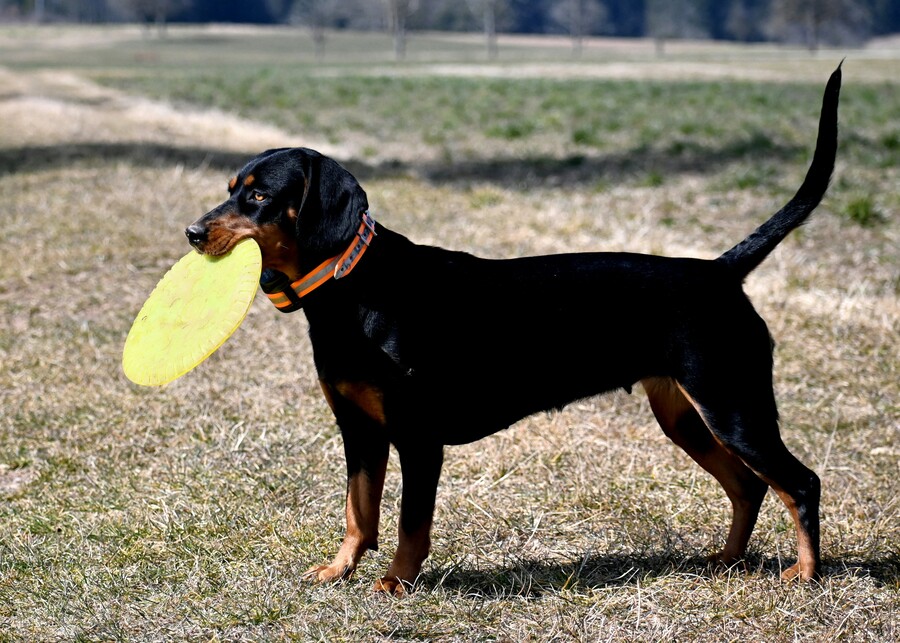
When we talk about features, it’s easy to get stuck on the obvious. Yes, a toy must be durable. But what does that mean for your business? It means a lower return rate and customers who trust your brand enough to buy again. You have to translate product features into business value. Beyond the basics, there are what I call "ignored hero" features. These are the details that owners don’t know they need until they have them, and then they can’t live without them. Focusing on these transforms a "good" toy into a "must-have" product that generates positive word-of-mouth.
The Ignored Heroes of Toy Design
- Cleanability: Outdoor toys get covered in dirt, grass, and slobber. A toy with a simple, non-porous surface that can be rinsed clean in seconds is a huge win for owners. Complex designs with deep crevices are a cleaning nightmare.
- Visibility: Dogs are red-green colorblind. A red toy on a green lawn is practically invisible to them. We design with bright blues and yellows, colors that stand out in a dog’s visual spectrum. This prevents lost toys and frustrated owners.
- Buoyancy: For any brand targeting customers near lakes, beaches, or pools, this isn’t a bonus; it’s essential. A toy that floats high on the water is easy for a dog to spot and grab.
What is the best material to make dog toys for outside?
Choosing the wrong material can lead to bad reviews, safety issues, and costly returns. The options are confusing, and every supplier claims their material is the best. You need the real facts.
Natural rubber is often the best overall material for durable outdoor dog toys due to its elasticity and tear resistance. However, TPR offers great color options, while EVA is perfect for lightweight, floating toys. The best choice depends entirely on your toy’s design and purpose.
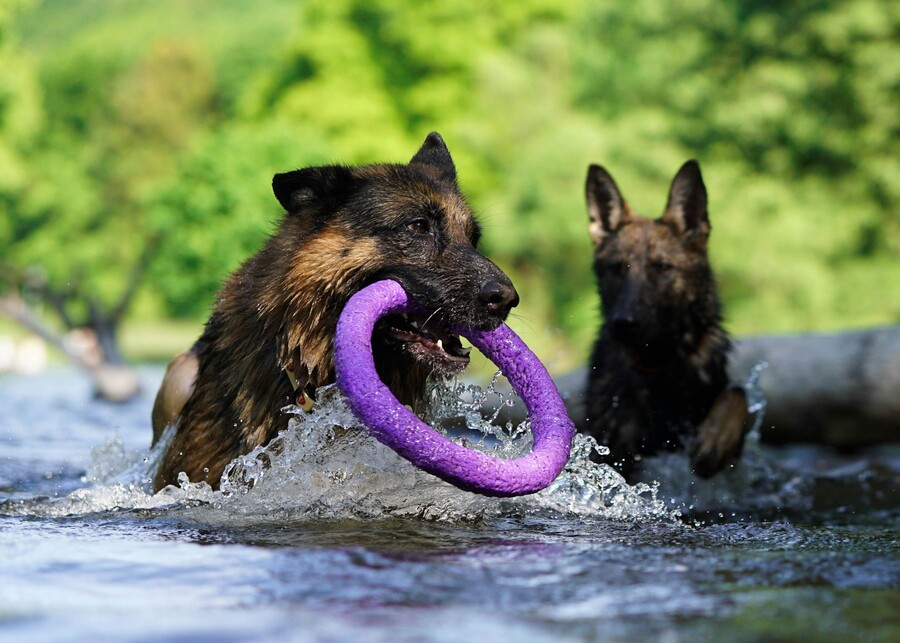
This is where we get into the science of it. Saying a material is "strong" isn’t enough. We need to know why. For example, natural rubber is incredibly durable because its long, flexible polymer chains can stretch and deform under the force of a bite, then snap back into place without breaking. It resists tearing rather than being brittle. Understanding these core properties is the key to matching the right material to your product vision. It’s what separates amateur guesswork from professional product development. To make it simple, I’ve created a quick reference table that we use internally when starting any new project.
Material Performance Comparison
| Material | Bite Resistance (1-5) | Weather/UV Proofing | Cost Index (1-5) | Best Use Case |
|---|---|---|---|---|
| Natural Rubber | 5 | Good | 4 | Extreme chew toys, tennis balls |
| TPR | 3-4 | Excellent | 3 | Colorful toys, floating toys, textured designs |
| EVA Foam | 2 | Good | 2 | Lightweight floating toys, soft frisbees |
| Nylon | 5 | Excellent | 5 | Hard chew toys for aggressive chewers, dental toys |
How to Design for Durability and Engagement?
You have a great idea for a toy, but how do you make sure it’s tough enough for a powerful chewer? It is so frustrating when a clever design breaks easily. You need proven design principles.
Design for durability by using one-piece molding, avoiding sharp corners, and adding structural reinforcements. For engagement, incorporate varied textures that clean teeth and satisfy a dog’s curiosity. The shape itself should match the intended play style, ensuring it’s fun and safe.
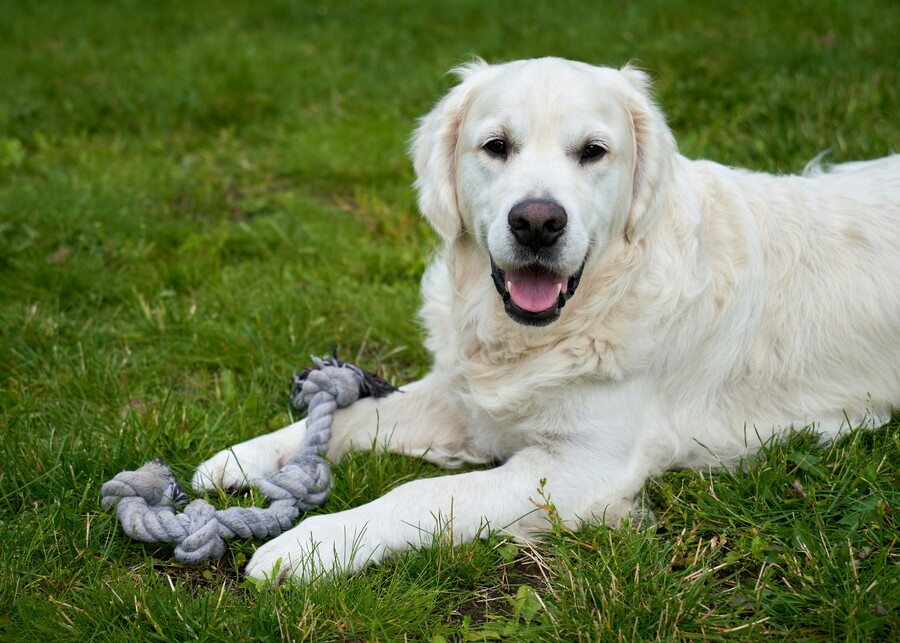
This is where engineering meets creativity. The best ideas come from our clients. I remember a client, let’s call him Mark, who owned a successful brand of high-end flashlights for adventurers. He noticed his customers were always outdoors with their dogs. His idea was to create a dog toy shaped like his best-selling flashlight. The challenge was immense. A flashlight shape has lots of edges and potential weak points. We couldn’t just make a rubber copy; it would be torn apart in minutes. Our solution was to apply core design principles. We used one-piece molding, so there were no glued seams to fail. We rounded every edge to distribute bite force evenly, rather than letting it concentrate on a sharp corner. We also added subtle, thick internal ribs that were invisible from the outside but provided incredible structural strength. The result was a toy that carried his brand’s DNA but was built entirely for a dog.
My Top 3 Design Secrets
- Embrace Curves: Sharp corners and right angles are weak points. They focus all the biting pressure on one spot. Smooth, rounded designs spread that pressure out, making the toy exponentially more durable.
- The Power of One-Piece Molding: Avoid gluing multiple parts together. Every seam is a potential point of failure. A toy molded from a single piece of material is inherently stronger and safer.
- Texture with a Purpose: Don’t just add bumps for looks. Use varied textures like ridges, nubs, and waves. These different surfaces keep a dog engaged and can help clean their teeth and gums as they chew.
From Concept to Reality: The ODM Process?
You have a concept, but the path to a finished product seems long, complex, and risky. You worry about miscommunication, delays, and hidden costs. The whole process can feel like a black box.
The ODM (Original Design Manufacturing) process turns your idea into a mass-produced product. It’s a structured journey from initial concept sketch and material selection to 3D modeling, prototyping, mold creation, and finally, full-scale production and quality control. A true partner makes this transparent.
I want to demystify this process for you. Think of it less as a transaction and more as a co-creation journey. You are the expert on your brand and your market. We are the experts on turning that vision into a physical product. Our job is to guide you through each stage, making sure you feel confident and in control the entire time. It’s a partnership where we handle the technical complexities so you can focus on building your brand. A clear, transparent process eliminates surprises and builds the trust needed for a long-term relationship. Here is the simple, step-by-step path we walk with our clients.
Your Journey from Vision to Vessel
- Step 1: Your Vision, Our Blueprint: It all starts with your idea. We listen, ask questions, and help refine the concept for manufacturability, safety, and cost-effectiveness.
- Step 2: Digital Crafting & Material Science: Our engineers create a detailed 3D model. Here, we select the perfect material and fine-tune the design for durability before any physical object is made.
- Step 3: The First Touch (Prototyping): We create a physical sample. This is your chance to hold your product, test it, and request any final tweaks.
- Step 4: Scaling Up to Production: Once you approve the prototype, we build the steel mold. This is the heart of mass production. Our quality control team then oversees the entire run to ensure every single unit matches the prototype you approved.
- Step 5: From Our Floor to Your Door: We manage final assembly, packaging, and logistics to get your product from our factory into a container and on its way to your warehouse.
How to Validate Your Design with Prototypes?
You’re asked to pay for a prototype and you might wonder if it’s really worth the cost. It can feel like an extra expense when you just want to get to the final production.
Prototypes are essential to validate your design. They allow you to test the material feel, durability, and overall function before committing to expensive mass production molds. Think of a prototype not as a cost, but as the cheapest insurance policy you can buy against a failed product launch.
I cannot stress this enough: paying a few hundred dollars for a prototype can save you tens of thousands of dollars down the line. I’ve seen brands try to skip this step to save money, only to receive a full container of products with a critical flaw. Maybe the color is slightly off, the material feels wrong, or there’s a small design oversight that makes it less durable. By that point, it’s too late. The prototype is your one chance to catch these issues. It’s the bridge between the digital design and the physical reality. It allows you to feel the weight, test the material with your own hands, and even give it to a few dogs for some real-world feedback. It’s the single most important risk-reduction step in the entire manufacturing process.
Choosing a Partner, Not Just a Supplier?
You’re tired of managing multiple suppliers and chasing down orders. The communication is exhausting, and quality is inconsistent across different products. You need a simpler, more reliable way to source.
A supplier just fills an order. A partner invests in your success. They offer design advice, manage your entire supply chain, consolidate products to save on shipping, and proactively solve problems for you. This strategic shift saves you time, money, and immense stress.
Let me tell you about another client, a woman named "Chloe" who runs a chain of beautiful pet stores. She used to source her products from three different factories: one for toys, one for beds, and one for bowls. It was a logistical nightmare. She spent her weeks juggling communications, coordinating separate quality checks, and paying for three different shipments. The costs and the stress were overwhelming. When she came to us, we shifted her from that supplier model to a partnership model. She gave us her full product list. We leveraged our supply chain to source everything, performed one comprehensive quality inspection for all items, and then expertly packed everything into a single, optimized shipment. This immediately cut her shipping costs and saved her countless hours of work each week. That’s the difference.
Supplier vs. Partner: A Quick Comparison
| A Supplier… | A Partner… |
|---|---|
| Passively takes your order. | Actively provides design suggestions. |
| Has a narrow product focus. | Manages your entire product category needs. |
| Reacts to problems when they happen. | Proactively anticipates and solves problems. |
| Ships what you order. | Optimizes your shipment to lower your costs. |
| Communicates when asked. | Is a strategic advisor for your brand’s growth. |
Conclusion
Designing a great outdoor toy is a journey. It moves from market insight to material science and smart design. We are here to guide you on that journey.
-
Learn how to effectively analyze market trends and identify opportunities in the outdoor toy industry. ↩

